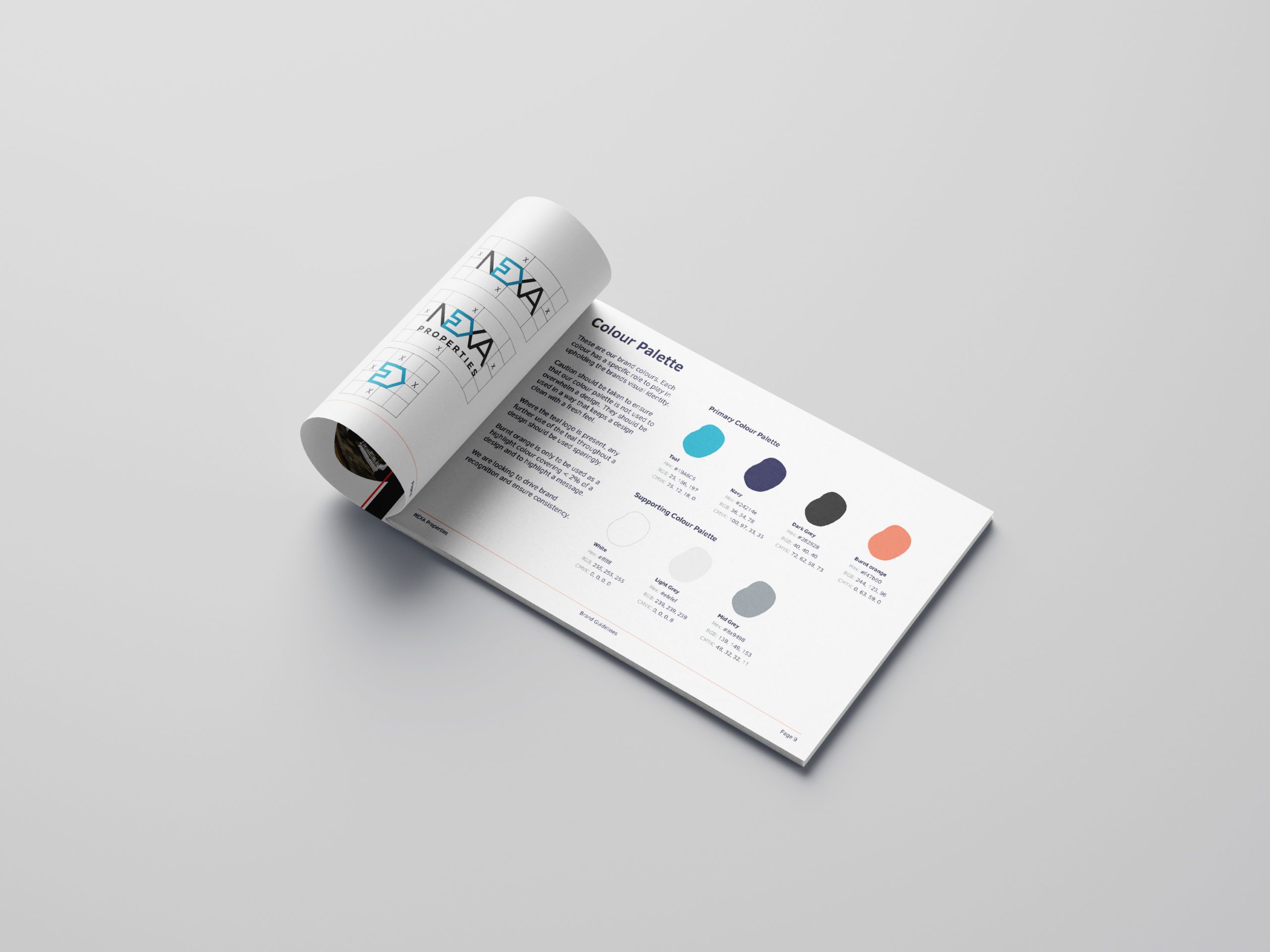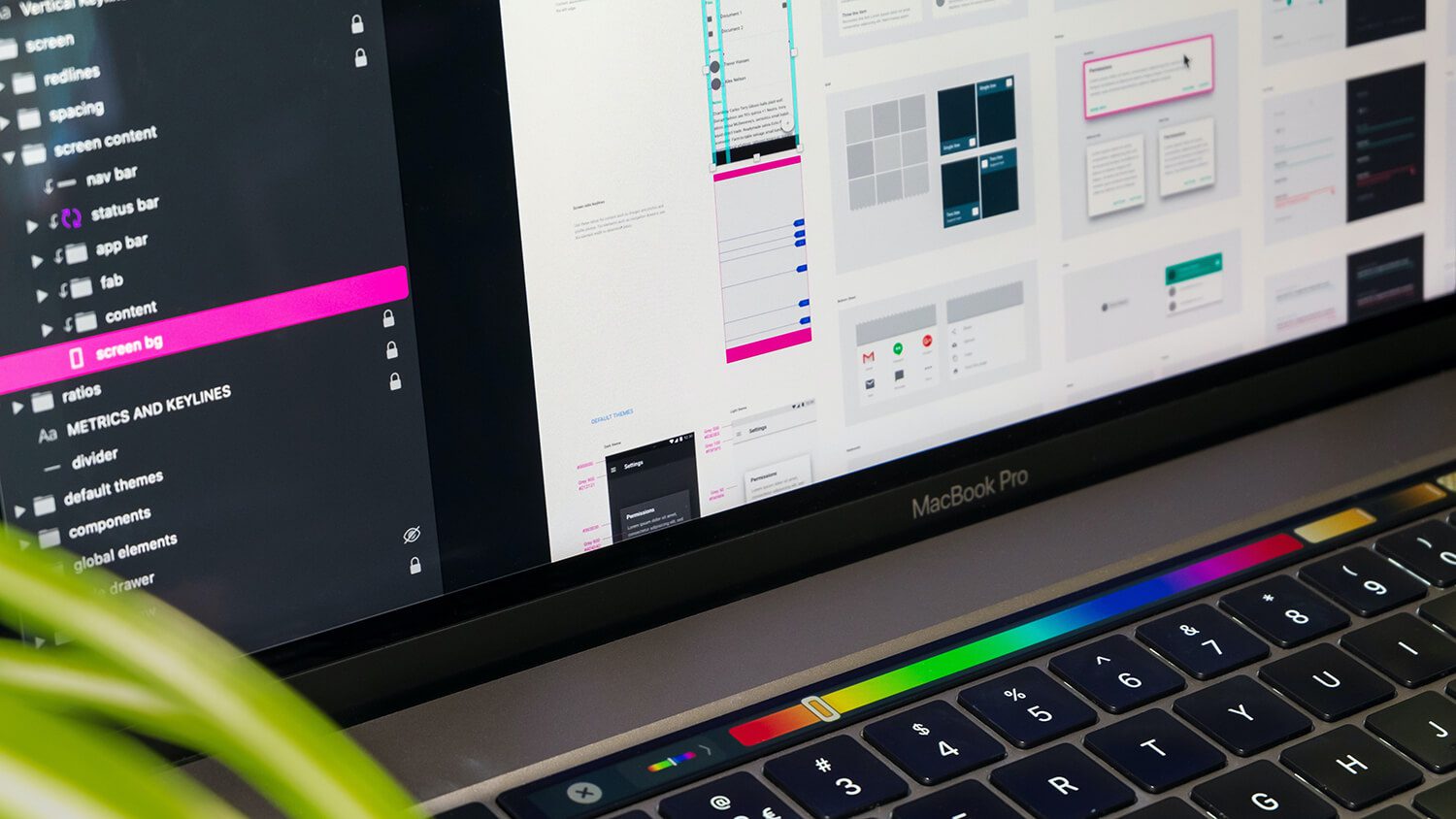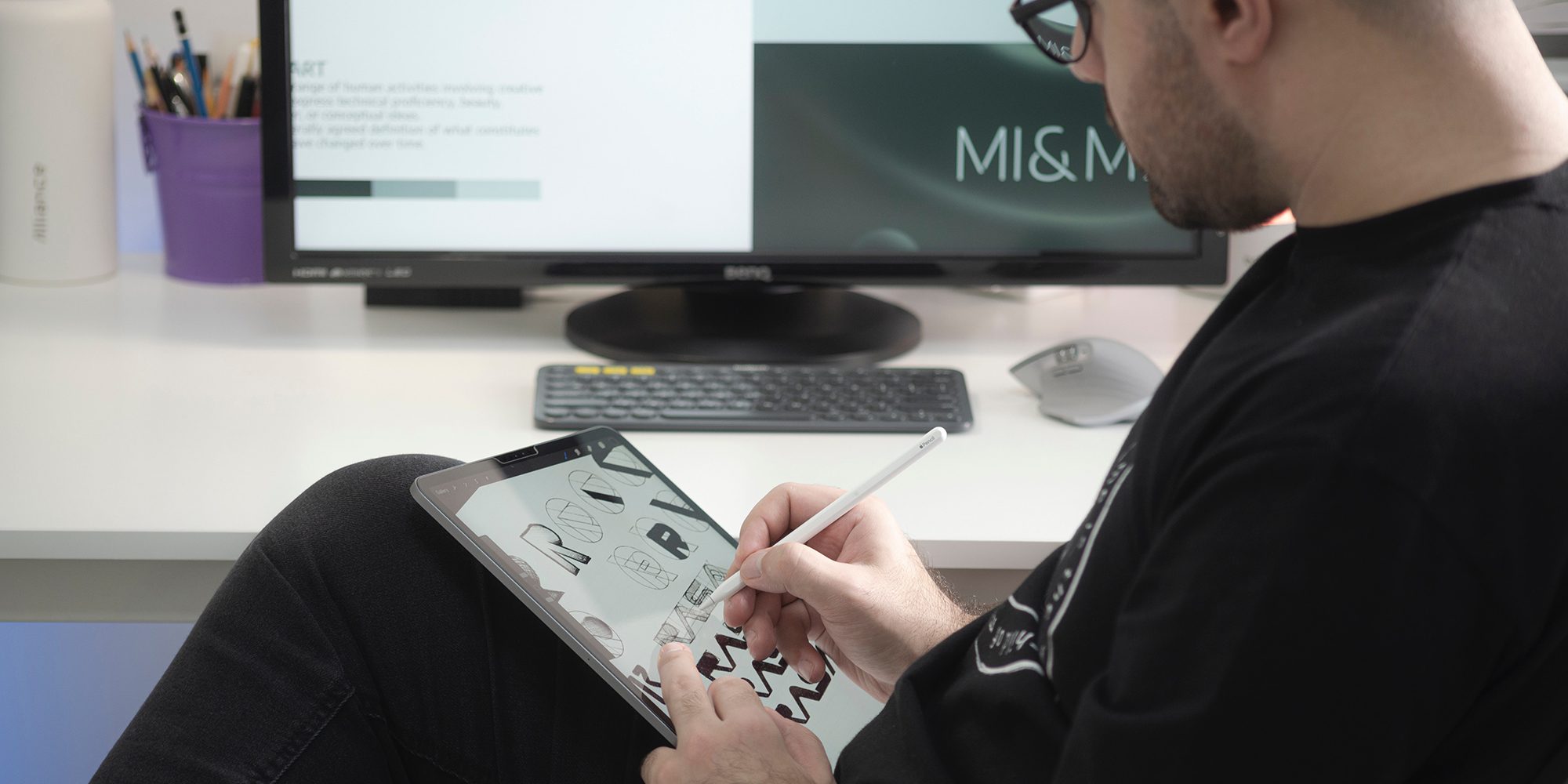
Brand. It’s a term used so commonly today that it’s easy to overlook what it means. Everyone – from social media influencers to your local independent greengrocer – is working to develop their brand. But let’s be real, branding is fucking hard work, and you may not always have time to devote to the process, right?
So, what really is a brand, and how can you truly find something unique to build into a brand that’s going to be memorable?
We’ll explain here, but first, let’s strip it right back to branding beginnings…
Where Did the Term “Brand” Come From?
Believe it or not, the term “brand” comes from the steps Middle English people centuries ago would take to market something that was their own. A firebrand generally involved a burning piece of wood with some type of emblem or letter carved into it. Stamped on the arse of livestock (or sometimes people), this allowed for the branding of that item showing it belonged to the organisation.
Today’s definition of brand identity doesn’t cause that much pain, although we’ve seen some painful attempts at branding in our time. Branding today is more than just a stamp, an emblem or a logo. It’s a definition that sets specific expectations for the customer. It allows that customer to make decisions to choose a product or service over another, often based on the memories they have with the brand (hopefully good memories) and the relationships created with those customers.
What’s The Difference Between a Logo and Branding?
A logo on its own is a graphic element that represents what the company’s brand is. It is not the full fleshing out of the brand but rather one component. A brand combines all aspects of the organisation into one. That includes both tangible and intangible components of the company. Keep in mind that if you only have a logo that has no brand development behind it, you only have an image. That does not provide real meaning to the person who sees that logo. It’s just a graphic.
You want your brand to have real meaning. It’s what helps to set your company apart from the others while also providing a clearly defined voice.

What Is Brand Identity?
When talking about branding, the term brand identity is sure to pop up. A brand is a type of philosophical and emotionally driven concept. Brand identity is more specifically related to the visual component of the brand. It is the taking of the brand concepts and creating something that visually represents those bigger ideas.
Your brand identity relates to your colours, packaging, messaging, typography, and other visual elements of your brand. It is your brand identity that attracts new customers to you. That’s why it is so important for you to have a brand that is the same across all touchpoints for your customers and other stakeholders. If you lack consistency or you have components of your brand identity that are not clear, it’s going to impact any type of advertising you’re doing.
The Elements of a Brand Identity
Opinions on what goes into a brand will vary but some elements are critical in creating an authentic, attractive and consistent brand. These are the core design elements in creating a brand that’s actually half decent…
-
Brand purpose and positioning
Before establishing your brand identity, it is critical to clearly define your company’s purpose. Of course it’s the dream to be obscenely rich, but go a bit deeper. The purpose of your company is the reason it exists. You probably saw a hole in the market or wanted to provide your services and talents to those who could use them. Brand positioning is detailing who needs your product and what makes it better than the competition.
Once you define this, you can then start to inform your strategy for details of your brand identity. When you name your target customer and then showcase how you are different from the competition, you begin to work towards accomplishing your goal.
-
Market research
Market research is a critical component (and sometimes the most hated component of developing a brand by companies), but it provides the insight that you need. Talking to people in the simplest of forms. Conduct a phone interview. Set up some social media connection tools or online surveys.
Once you complete market research, you are then able to create customer personas. A persona defines the customer’s problem that you can fix and their personal traits. Once you define these personas, you can then begin to know what type of personality your brand should have to attract the customers you want.
-
Personality likeability
Try to imagine your brand as a person. Yes, it’s a weird step, but when you do this, you’ll easily be able to answer one question. Would you like your brand as a person? In other words, you want your brand to put off “you” vibes. Would you think they are over-the-top or a bit of dickhead? You don’t want that. Nobody likes a dickhead. Personality is a big part of your brand identity so nailing this element is crucial.
-
Logo design
There are some logos you easily recognise. From Pepsi to the Disney logo. Whether it is a shape or includes words, the logo is something that people remember. You want them to connect that image with your business. Your logo should match and compliment your brand. A simpler brand logo is best because it is easier to remember and associate with your company.
-
Colour palette
Next, take your company branding to the next level by defining its colour palette. Keep it simple. Use primary colours. Incorporate only 2 or 3 of them. You don’t want your customers to thinking they’re tripping balls on acid when they take a look at your brand. Take some time to study the emotions behind various colours so you can create a colour palette that creates the right vibe.
-
Typography
Spend some time on this part of the process, even if it seems less important. Choose the typography for your branding. Choose fonts that work for you and go along with your colours and logo – remember, everything is connected. Make sure they are easy to read and sized the right way for both desktop and mobile. Sometimes
-
Graphics
You may want to add a bit more to your brand identity in the form of supporting graphics. This is becoming more common in the age of digital art. Add these only when they make sense for your business’s image. Geometric shapes, curved edges, and background colours are some examples. You might even have an animated company avatar or mascot if that suits the personality of your brand.

Developing Your Brand Design
Developing your brand design takes some effort and a bit of research. You’ll need to put on your creative hats (or hire a professional to do this for you). What’s most important here is creating a brand design that communicates and feels the way you want it to.
Designing Your Brand Identity
To develop a strong brand identity, you have to define your company’s mission, values, and brand personality. You need to determine what helps your company stand out from the competition and what you want people to know about you. Ask yourself the hard questions, including why you started the company and what you do better than your direct competition.
The Importance of a Strong and Well-Developed Brand Identity
If you’re just starting out on your business journey, then I’m sure by now you understand the importance of defining your brand and its identity. But what about those that have already done this. Why bother again? Well, things change! Just because you and Karen sat down one morning in 1996 and defined what colours you were going to use doesn’t mean it’s relevant today still. In fact, we’d be very surprised if it was! Staying relevant is one of the most important things a business can do, especially in today’s world of disruptors and quirky start-ups taking over market share. You need to ensure you’re competing and are memorable and an outdated, washed out, piss poor logo with no strategy behind it just isn’t going to cut it these days.
Benefits that come from a well-developed brand identity:
- It attracts prospective customers to you. People want to learn what a company is about and may even want to try out products and services.
- It enables people to place positive experiences with an image. This is critical today. Your business needs to be able to stand out for the right reasons.
- Brand identity helps your customers gain a sense of belonging. If they get a good feeling with your brand, they’ll want to associate themselves with it.
- It generates product and service sales. A big one of course – what’s the point if none of this is making you any money!
- It builds repeat customers. If people resonate with your brand and received a good service or enjoyed your produce, they’ll come back for more!
- It enhances your reputation. People will talk to their friends about a good brand for all the right reasons and people will make recommendations to others to try out your product or service.
Company branding is designed to give you the edge over the competition in a meaningful and lasting way for your customers and is so important to get right. Make sure you have a clear idea of who your target audience is and don’t be afraid to piss off anyone that falls outside of that. After all, they probably weren’t going to buy from you anyway…
Are you proud of your brand and confident it is attracting the right audience?



